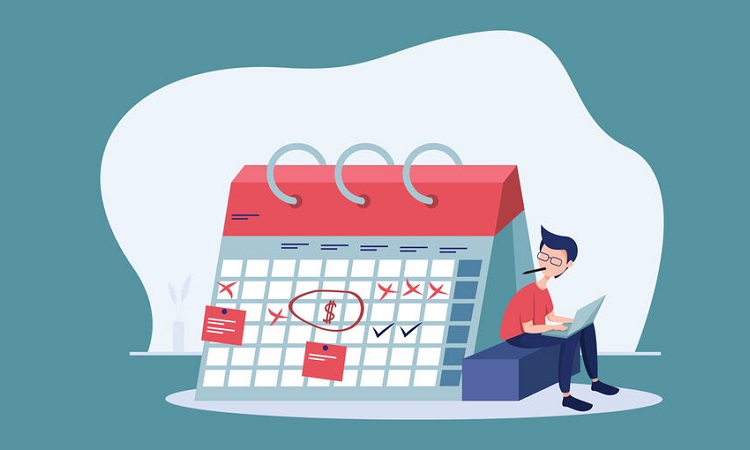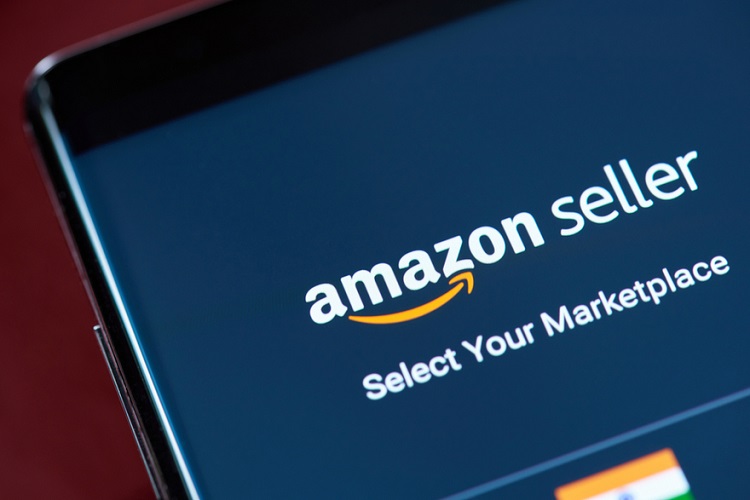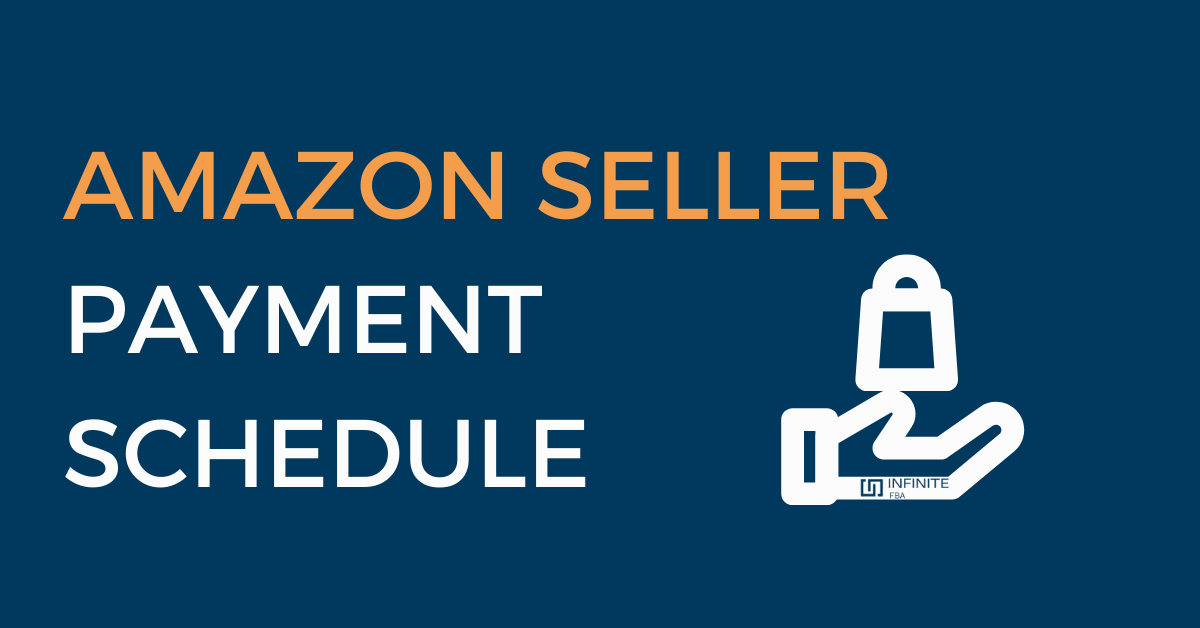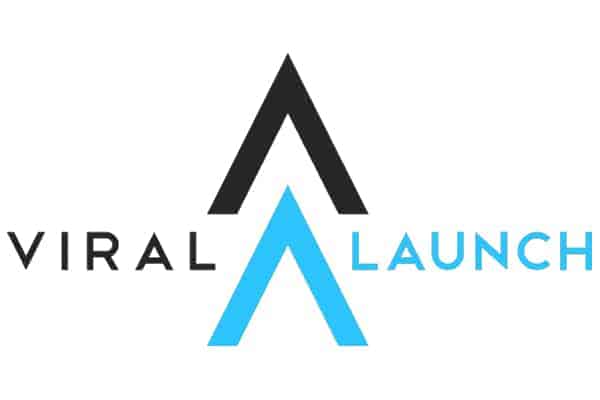The Amazon marketplace is one of the most well-known marketing channels for online retailers. It’s an excellent place to sell different goods and services. The e-commerce platform has rapidly matured its business, including inventory, content, search advertising, and display video.
Today it has sellers from different parts of the world with millions of participants.
The most important part of being an Amazon seller was accessing the money earned and getting your payout. Getting paid on Amazon is a great feeling because it means your product or the right choice. However, sometimes it can frustrate getting access to your money as a seller.
Amazon won’t pay you the money you’re making right now for another 2 weeks. This article is a guide on the Amazon Seller payment schedule.
We analyze and explain how the amazon seller payment schedule works and how long it takes for Amazon to pay its sellers.
What is the Amazon Seller Payment Schedule?

The seller payment schedule is an arrangement Amazon has with its sellers. It refers to how soon you would like Amazon to pay you for the purchase orders.
A monthly payment plan applies to qualifying products where the monthly payment option is available on the product details page or during checkout.
There’s also a fixed amount negotiated between Amazon and the vendor alongside promotional allowances based on orders placed and not canceled during the promotional.
One of the most frustrating factors of being an Amazon Seller is receiving the payments.
Sellers wait until14 days before getting paid on Amazon, which could affect your winning sales streak because if you can’t order from your suppliers, you can’t fulfill orders, and your sales figures will decline.
By the time you get paid under are in a better position, the window of opportunity could have closed.
Amazon might hold the money, making it difficult to wait when you can’t get the inventory. They delay initiating the transfer of payment transaction credit to a seller’s bank account pending an investigation. It often happens when a seller has neglected the participation agreement.
Invoicing is a commonly used payment method on Amazon through the “pay by invoice” option. It provides an opportunity for sellers to grow their sales on Amazon.
This new payment method targets customers who prefer to buy items and pay for those items at the end of their term.
How does it Work

After becoming a seller on Amazon, you will need to set up your bank account in Seller Central because Amazon does not pay you until you specify your deposit method. Also, ensure you have a valid credit card number or bank account as a charging method in Seller Central.
Start by signing in to the seller account, clicking settings, account info, and bank account information. On the deposit methods page in the Amazon Payments box, click “assign.”
Choose an existing bank account and enter your account information, including the account number, sort code, and bank account holder name.
You will get paid when you sell your products using Amazon pay buttons and dispatch them only to the addresses specified by the buyer and communicated by Amazon pay. The company requires you to capture payments for your orders before conducting payment from the buyer.
Any seller needs access to funds daily to refill inventory quickly and keep the sales targets on track. Amazon issues normal pay 7 days after the expected delivery date, which gives the customer enough time to make a necessary return of the complaint.
Once your seller account is settled and you have a positive balance, Amazon sends the money to the bank account using an automated clearing house (ACH) or electronic funds transfer.
You must first set up your Amazon seller account by choosing between individual and professional seller plans. Both plans list products in over 20 categories. An individual plan is the best choice when selling fewer than 40 items per month.
How Long does it Take for Amazon to Pay Sellers?

Normally Amazon credit payments to a seller’s account on the day an order ships, meaning the seller will receive the money or the next settlement date, which could be up to two weeks away.
Professional sellers get paid every two weeks on Amazon, comprising 14 days of orders delivered seven days ago. The actual date of your payout depends on when you opened your seller account.
It is common to wait over 2 weeks for your payment, especially if you’re a new seller. Once the 14-day holding period has passed, the funds in your seller account will be disbursed to your allocated checking account.
Actual money transfers take 3 to 5 business days to post to your account, depending on your bank. This means the total wait time can reach 19 days before getting your funds. If the supplier doesn’t give credit, it can take an extra 3 to 5 days for the cleared funds to hit your account.
Amazon delays this payment to prioritize customer satisfaction. They will pay their seller 7-days after the most recent estimated delivery date to allow customers to launch payments if there are any.
This 7-day window is like a buffer allowing the buyer to decide whether to return the product or file a claim. During this period, Amazon will hold on to the payout and give the buyer time to assess their orders for any issue.
If the buyer is dissatisfied and wants a return, they will process the refunds from Amazon reserve.
If there are no customer complaints after 7 days, Amazon will assume that the customer is satisfied with the order they received and will release the funds in the seller’s next payment.
These amounts can vary from the actual amount transferred to the seller’s account depending on recent activity in the seller’s account, such as fees, refunds, and product sales.
Amazon Seller Payment Terms

You can know when you’ll get paid after signing up as an Amazon Seller. They include the actual payouts date in the seller argument, which depends on the exact date you signed up.
It also means if you cannot expect an Amazon payout during the first day and 15th day or every month like in other marketplaces.
Here are some of the essential details of the seller agreement with Amazon if you want to be a responsible seller.
- Ensure your seller account has the correct bank account information. Amazon requires that you have a bank account but in a country where you’re signing up for Amazon pay.
- Your bank account must be active to receive the payments when signing the seller agreement.
- Amazon expects every seller to have a positive balance in their accounts.
- You should also know the fees deducted during the transactions. There are other charges that Amazon deducts from the invoice. The seller usually agrees on the fees with Amazon when signing or renewing the contract.
- If you set up or change your bank account, Amazon will suspend your disbursements for three days for security reasons.
If a seller’s account has a positive balance, Amazon uses payment methods such as automated clearing house or electronic funds transfer to send money to the seller’s bank account.
These are not same-day transfers, meaning clearing the funds can take up to 5 business days depending on the bank the seller is using and the account they have.
In most cases, Amazon pays every two weeks, though the actual payment depends on when you signed up as a seller.
Best Amazon FBA Accounting Software
Can you Speed Up the Process?

It takes 3 to 5 business days when the Amazon account starts the transfer before the funds arrive in your account. Orders delivered within 7 Days of the payout date cause the Amazon balance to roll over into the next payment period.
The best thing about “paid by invoice” orders is that sellers do not pay any incremental fees.
It’s possible to get paid faster on Amazon and beat the two-week wait. This is mainly possible through invoiced orders.
Amazon with credit your payment account after receiving the invoices from the buyer. It may occur around the due date or even before the due date.
It is faster than waiting for two weeks to get paid. An early payment program accelerates your invoice and receives payments faster. However, Amazon will assume the risk and pay the seller within 15 days of the invoice due date if there are late payments.
You can also receive early payments if you have a grandfathered account eligible for daily disbursement requests. The “pay by invoice” feature allows qualified Amazon customers to purchase Amazon’s online store and receive billing invoices for their orders.
Amazon sellers who have received “pay by invoice” orders can access all regular Amazon, customer support channels.
Amazon Reserve

Many Amazon sellers deal with an unavailable balance on the payment report, also known as account-level reserve. Amazon sets aside the amount of money to cover any news or chargebacks.
It’s reserved to ensure that you have enough funds to fulfill financial obligations not covered by delivery date-based reserve policies. The reserve happens when Amazon holds back all or part of your payments for over 14 days.
Funds in reserves will appear in the account level reserve section of the statement view tab on your payments report. With the Amazon reserve, wait twice as long for the payout, with Amazon holding the payment for over 14 days.
There are several reasons Amazon holds onto your amount. When a seller files an a-to-z guarantee claim, it will be reserved until the claim is resolved. Amazon might also reserve your money if your account has some chargebacks from transactions in the last 90 days.
Amazon reserves your balance as a way for them to combat fraud. Scam sellers could take advantage of Amazon before any holding period in the past. They would sell a large inventory for low prices and long delivery times.
They will also receive the money when your account is under review due to unexpected changes in your sales or account activity.
Conclusion
Selling on Amazon is hugely profitable as you can make great sales and earn lots of money in your Amazon account. Yet, like any other channel, you need to understand how the seller’s payment schedule works.
This article has analyzed the Amazon Seller payment terms and how a repayment schedule works. It will take you 14 days to get the money from the delivery date.
However, Amazon can choose to hold some or all of the payment for a longer period as “account level reserve.”
Resources:





